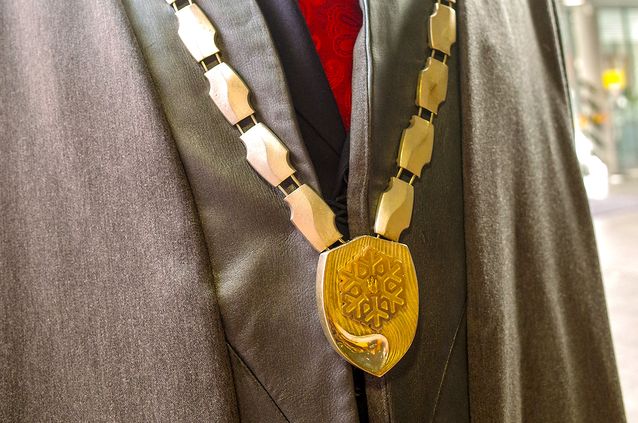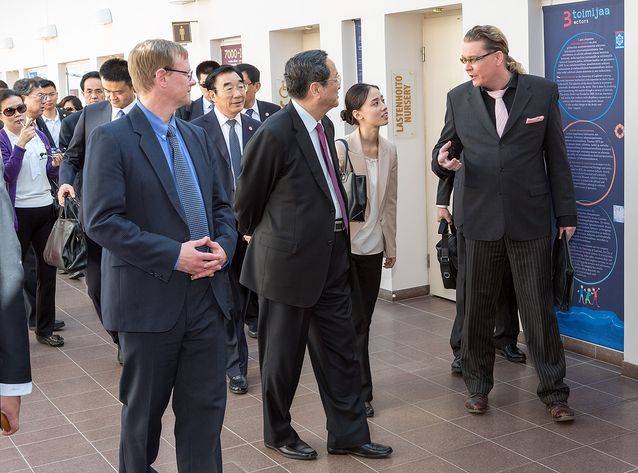Mauri Ylä-Kotola
Mauri Tapani Ylä-Kotola
Born September 18, 1971, Mikkeli
Master of Arts 1996, Licentiate 1996 PhD 1998 (theoretical philosophy), University of Helsinki
Rector, University of Lapland 2006–
Rector, 2006–06, Academy of Fine Arts
Dean, 1999–05, University of Lapland Faculty of Art
Professor of media science 1997–, University of Lapland Faculty of Art (leave of absence 2005–)
Lecturer in art and media and communications studies 1996–97, University of Lapland
Positions of responsibility:
Board member 1999–2003, European Master in Multimedia and Audiovisual Business Administration (EMMABA)
Vice-chairman 2005–, European Institute for a Sustainable Information Society
Board member, 2003–, CITI Media Lab, New University of Lisbon
Chairman of the Lapland Regional fund 2007–13, Finnish Cultural Foundation
Chairman 2007–13, FinELib, National Digital Library
Chairman 2008–11, European Master in Art and Culture Management (EMACIM)
Chairman 2009–12, Lapin Elämystuotanto Osakeyhtiö
Chairman 2010–, Särestöniemi Museum Foundation
Board member 2010–, Seppo Säynäjäkankaan tiedesäätiö (science foundation)
Vice-chairman 2012–, The Fine Arts Academy of Finland
Board member 2013–, Lapinmaan kiinteistöyhtiö
Chairman 2013–, Rovalan setlementti (local settlement )
Chairman 2013–, Rovalan Kiinteistöyhtiö
Selected publications:
Mitä on mediatiede? (‘What is media science?’), University of Lapland 1999.
Mediakasvatus simulaatiokulttuurissa (’Media education in a simulation culture,’ together with Juha Suoranta) WSOY 2000
The Integrated Media Machine I–IV (published as a tetralogy) EDITA 2000–2004
“Morphological Idealism, Kant and Historical Senses”, in I. Kant and M. Bakhtin: Perpetual Peace and Dialogue. Murmansk State Humanities University 2014.
Selected work of art:
The radio opera Takaisin Xanaduun (‘Return to Xanadu’ together with Hannu Puttonen), Radio Theatre, Finnish Broadcasting Company (YLE)
Awards:
Honorary PhD, Urbana University (Ohio, USA)
Honorary professor, University of Murmansk, 2009 (Russian Federation)
Photo: Arto Litti
Written by Olli Siitonen
Translated by Matthew Billington


